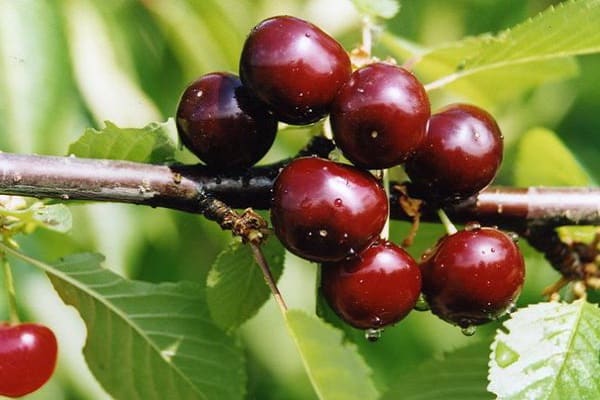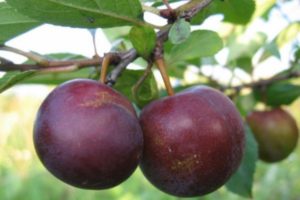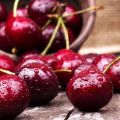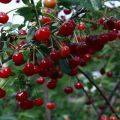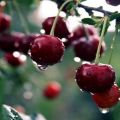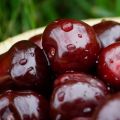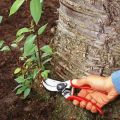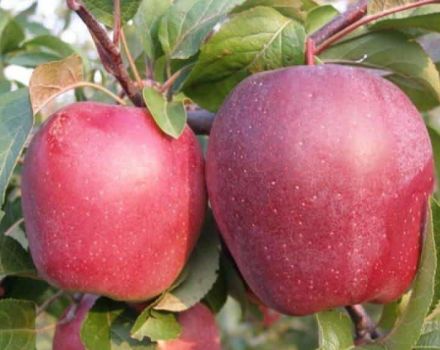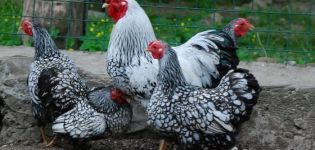Description of the Tamaris cherry variety, characteristics of fruiting and yield
The breeders set themselves the task of creating a new cherry variety that is compact in size and high in yield. After all, a small tree can be placed even on a modest area, it is easier to care for it and collect fruits. The work of the specialist Morozova was crowned with success - the Tamaris cherry variety appeared, which since the end of the last century has been on the first lines of the ratings of the sweetest varieties.
Description of the variety
Tamaris is a self-fertile fruit crop, the ovary of future berries still occurs inside the unblown bud. Due to this feature, productive ovaries arise and fully develop without pollinating neighbors.
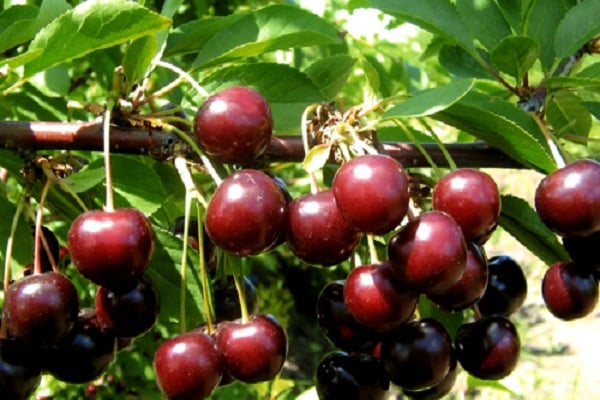
The tree begins to bear fruit in the 2-4th year after planting, during the season you can collect 8-10 kg of fruits. Berries ripen late, so they manage to avoid frost.
The culture owes its positive characteristics in part to the parent variety - Consumer goods Black. The description of the variety also highlights the fact that Tamaris cherry can be successfully used for landscaping areas.

Characteristics of the tree and fruit
The Tamaris cherry variety is compact, the height of an adult tree does not exceed 2.5 m, lower specimens are more common. The tree is considered weak, the crown is wide, round, but rare.
The shoots are large, the leaves are medium, narrow, oval, with notches along the edges. At the base of the leaflets there are 1-2 small dark reddish glands.
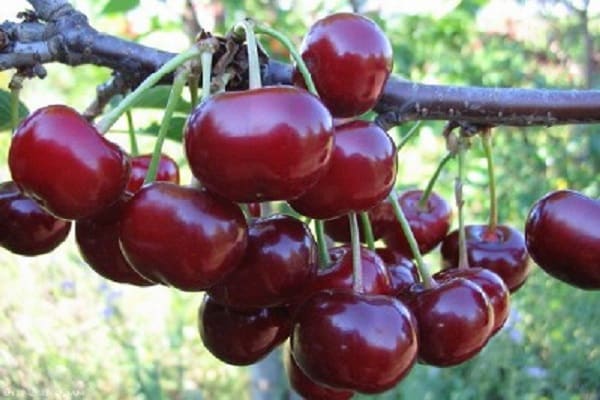
Cherry blossoms late, pinkish white flowers with rounded petals. Large fruits weighing up to 5 g ripen from mid-July to early August.
Ripe berry is dark red, with a pronounced sweet taste and slight acidity.
Brown spots appear on overripe fruits. Do not worry - they do not rot, and such inclusions do not affect the taste of cherries.
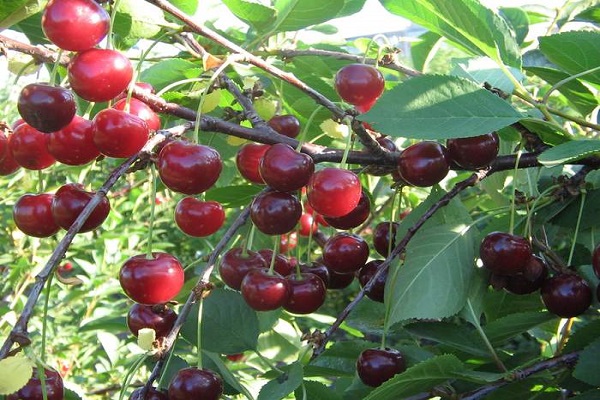
Planting and leaving
Even a novice gardener who is not burdened with much experience can plant Tamaris cherry seedlings and take care of them.
Cherry planting
It is enough just to follow a certain algorithm:
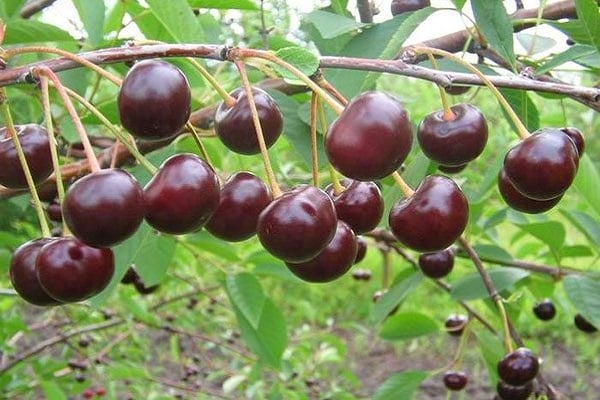
- You need to dig a hole 50 by 50 cm in size and put a peg in it.
- It is necessary to check that it includes the entire root of the seedling with straightened roots.
- A drainage is placed at the bottom, and then a nutrient mixture, which includes the following components:
- humus - 1 bucket;
- superphosphate - 40 g;
- potassium chloride - 25 g;
- wood ash - 1 kg.
- It is recommended to place the seedling in a hole on the north side of the peg. It is important to properly spread the rhizome and only then sprinkle with soil.
- The earth is compacted, a trunk circle is made, and the plant is watered abundantly - at least 2 buckets per tree.
- Mulching of the periosteal circle is carried out.

Tamaris cultivar care
A fruit tree of this variety does not need complex care, it is enough to carry out standard procedures:
- regular processing of cherries and soil from pests;
- watering trees;
- cutting the branches of the crown;
- top dressing - a potassium-phosphorus mixture and fertilizers containing nitrogen, mullein, bird droppings are best suited for cherries.
It is recommended to protect crops under 7 years old from winter icing of the root system. To do this, you need to dig the soil in autumn at a distance of about half a meter from the trunk and form a protection from it. Natural shelter can also be a layer of dry plant stems left over after harvest, or loose leaves.
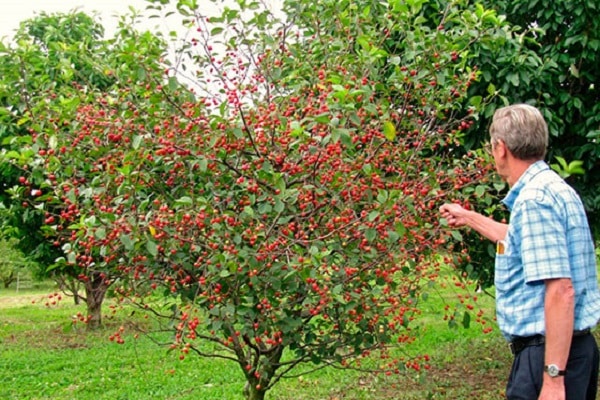
Thanks to the summer mulching of the soil, you can protect it from drying out and ensure the full development of the plant.
Experienced gardeners advise sowing green fertilizers under the bush - mustard, phacelia, sainfoin.
Ash dressing is applied around the cherry twice a year - when the buds appear and after the formation of the first ovaries.
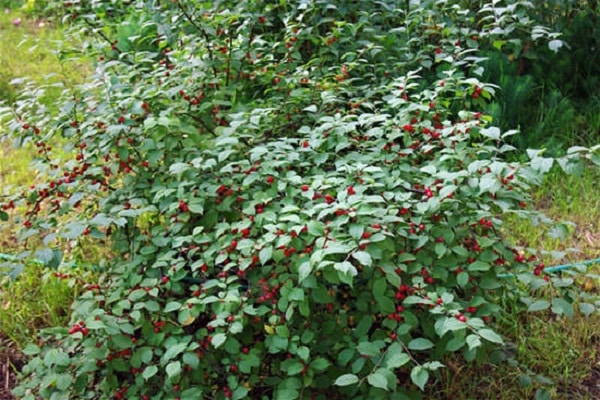
Diseases and pests
Most often, irreparable damage to the plant is caused by rodents. For example, hares are very fond of soft cherry wood with juice under it. And so that they cannot get to the bark, it is worth covering the trunks with layers of dense material in the autumn period or setting up a fence.
Cherry Tamaris is resistant to pathogenic fungi, but during the prolonged spring in areas with a cool climate, the tree can get sick with a dangerous fungal disease - moniliosis.
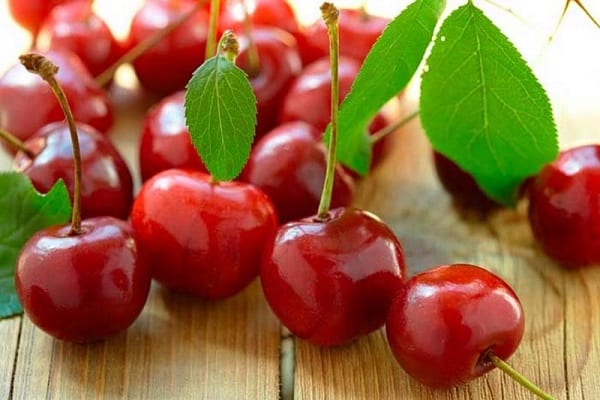
The culture of this variety has a tendency to some diseases:
- clotterosporium disease;
- anthracnose;
- defeat by a weevil or cherry aphid.
You can protect a fruit tree from disease with the help of seasonal treatments with broad-spectrum fungicidal and insecticidal preparations.
Cherry Tamaris is a fruit tree that is perfect for growing in the country. It does not take up much space, is unpretentious and bears fruit with tasty, juicy berries.
